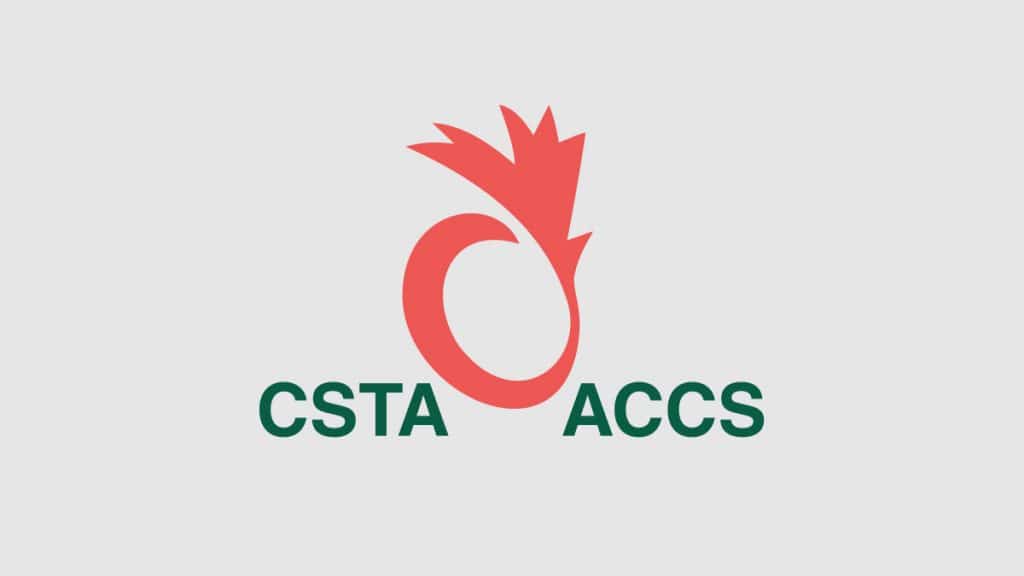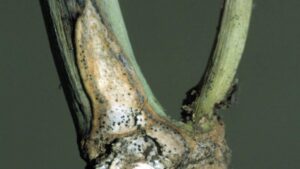By 2050, the world’s farmers will need to double food production to feed a growing population, and they will need to do it on the same amount of land while facing climate change and competition for natural resources such as water._x000D_
_x000D_
To produce more with less, farmers are increasingly turning to technology, like biotechnology and other new breeding techniques. However, markets are not keeping pace. The result is that many current and future customers for seed do not accept products of modern biotechnology and other advanced breeding techniques._x000D_
_x000D_
Given our diverse membership and our members’ even more diverse customer base, the Canadian Seed Trade Association’s board of cirectors has made coexistence planning a priority. CSTA’s goal is: “Depending on their operations and their customers and markets, farmers need to be able to choose the production system that best suits their needs — whether the production system is organic, conventional or makes use of products developed by modern biotechnology.”_x000D_
_x000D_
In 2005, the Canadian Food Inspection Agency gave full food, feed and environmental release approval to alfalfa that has been genetically modified to be resistant to glyphosate. In 2013 a number of varieties were registered, paving the way for commercialization in Canada. Despite the fact that the commercialization decision has not yet been made, given the potential for GM alfalfa to be on the market in Eastern Canada in the nearer future, alfalfa was chosen for the first coexistence plan._x000D_
_x000D_
Landmark Plan_x000D_
_x000D_
In 2013, Planning for Choice: Coexistence Plan for Alfalfa Hay in Eastern Canada was launched. Facilitated by CSTA, and starting with a broad value chain workshop, the plan was designed by a team of academics, researchers, forage specialists, alfalfa producers and users. The science-based document includes suggested best management practices for farmers. The BMPs are simple and practical and were developed based on a thorough assessment of alfalfa production and biology in Eastern Canada. The plan and check list to aid farmers in recording BMPs are available at cdnseed.org._x000D_
_x000D_
While there are very strongly-held views on both sides of the debate on GM alfalfa, all participants worked cooperatively to develop the plan and the BMPs. CSTA does not advocate for or against commercialization of GM alfalfa, or favour one production system over another, but on behalf of our members and their farmer customers who rely on all three production systems: organic, conventional and modern biotechnology. CSTA was proud to have facilitated the development of the coexistence plan for Eastern Canada. But variety registrations and approvals are national in scope. To ensure choice across the country, we are beginning to address coexistence planning in the west, which is substantially different than the east. One difference is the focus on alfalfa seed production for export markets._x000D_
_x000D_
The research on alfalfa and alfalfa production systems for Western Canada has been done and written into a background piece for the plan. A group of interested individuals from the alfalfa value chain in Western Canada is being assembled. The first task will be to review the work done to date and develop categories for BMPs. The plan is to have a smaller “expert group” assemble to draft the actual BMPs for consideration by the larger group. CSTA hopes that the plan can be completed before the end of 2015.













